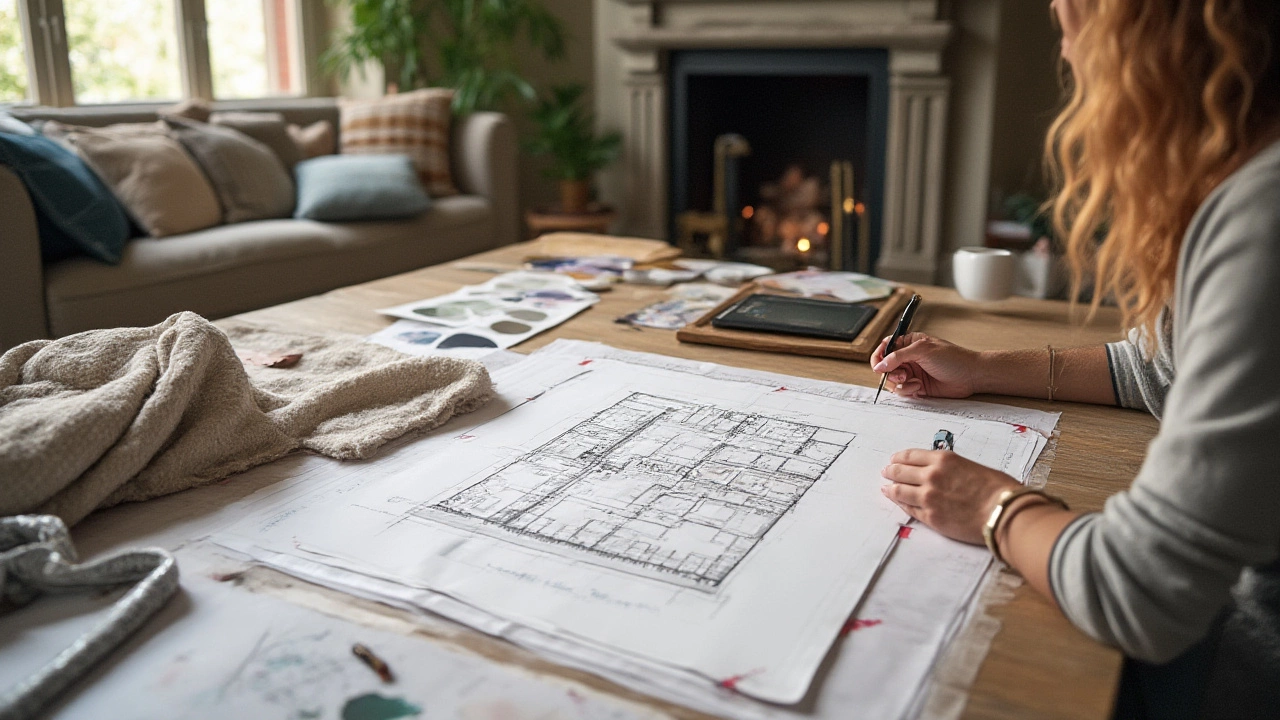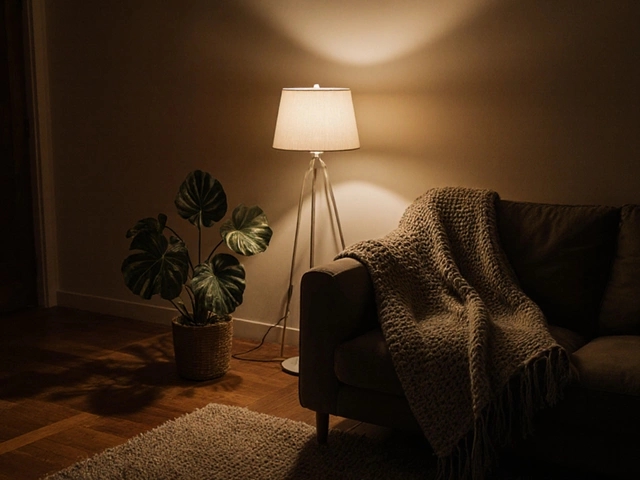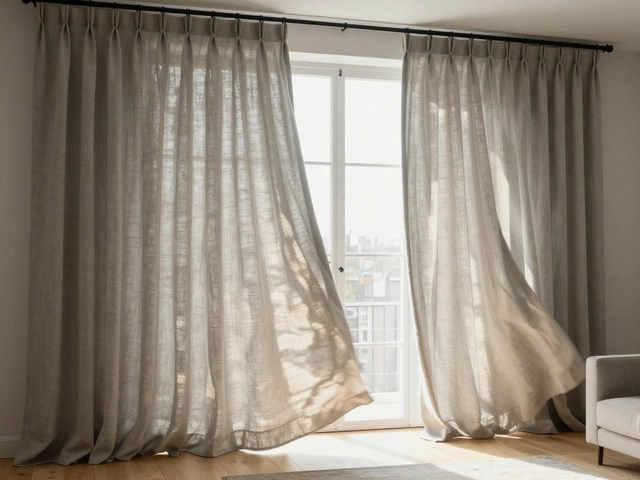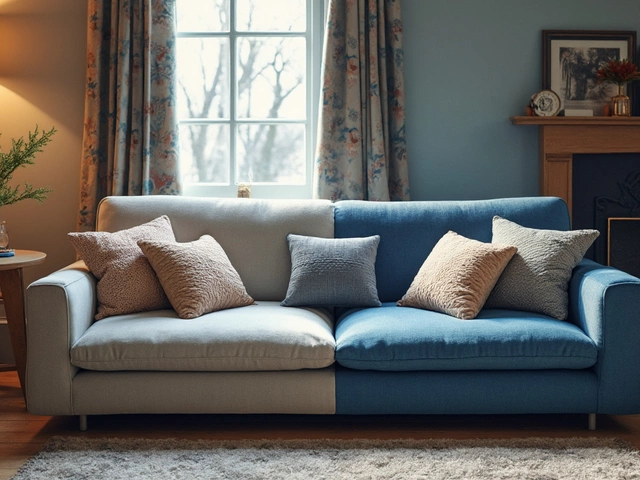Math in Design: Using Simple Numbers to Boost Your Home Look
Ever wonder why a room feels right while another feels off? It’s often the math behind it. When you use basic ratios, angles, and budget sheets, you get a space that feels balanced without guessing.
Why Math Matters in Every Room
First off, proportion is the secret sauce. The classic 60‑30‑10 colour rule, for example, tells you to use 60% of a dominant hue, 30% of a secondary, and 10% of an accent. Apply that to a living‑room wall colour, a sofa fabric, and a few decorative pillows, and the room instantly feels intentional.
Geometry also plays a big role. A rectangular rug that’s half the length of your sofa anchors the seating area. In the post about Modern Decor Explained, the author notes that clean lines and neutral palettes work best when furniture follows the room’s natural geometry.
Even lighting follows math. The How to Choose the Perfect Lighting guide suggests the rule of thumb: multiply the room’s square footage by 20 to get the total lumens you need. Split that amount across ceiling, task, and accent lights for a layered look.
Practical Math Tips You Can Use Today
1. Measure before you buy. Use a tape measure to note wall lengths, ceiling height, and door openings. When you’re thinking about curtain hanging height, add three to four inches above the window frame to make windows look taller.
2. Calculate floor space for furniture. Draw a simple floor plan on graph paper. Each square can equal one foot. Place a rug that covers at least one‑third of the room – this follows the 1/3 rule used in many design posts.
3. Budget with percentages. Decide how much of your total remodel budget goes to big items (like a sofa or flooring) versus accessories. A common split is 50% big pieces, 30% finishes, 20% décor.
4. Mix light and dark furniture using the 50‑50 rule. The Mixing Light and Dark Dining Room Furniture article recommends keeping the split even to avoid a clash. Pair a light‑toned table with dark chairs, or vice‑versa, and let the math keep the balance.
5. Use the golden ratio for art placement. Divide the wall into sections of 1:1.618 and hang art at the intersection points. This simple trick makes a gallery wall look curated, just like the Filler Art piece explains.
When you start looking at design through a math lens, decisions become quicker and results look more professional. You don’t need a degree in geometry—just a ruler, a calculator, and a willingness to test a rule.
Finally, remember that math is a guide, not a prison. If a colour feels right or a sofa looks good in your space, trust your gut. Combine intuition with a few easy formulas, and you’ll create rooms that feel both stylish and sensible.






